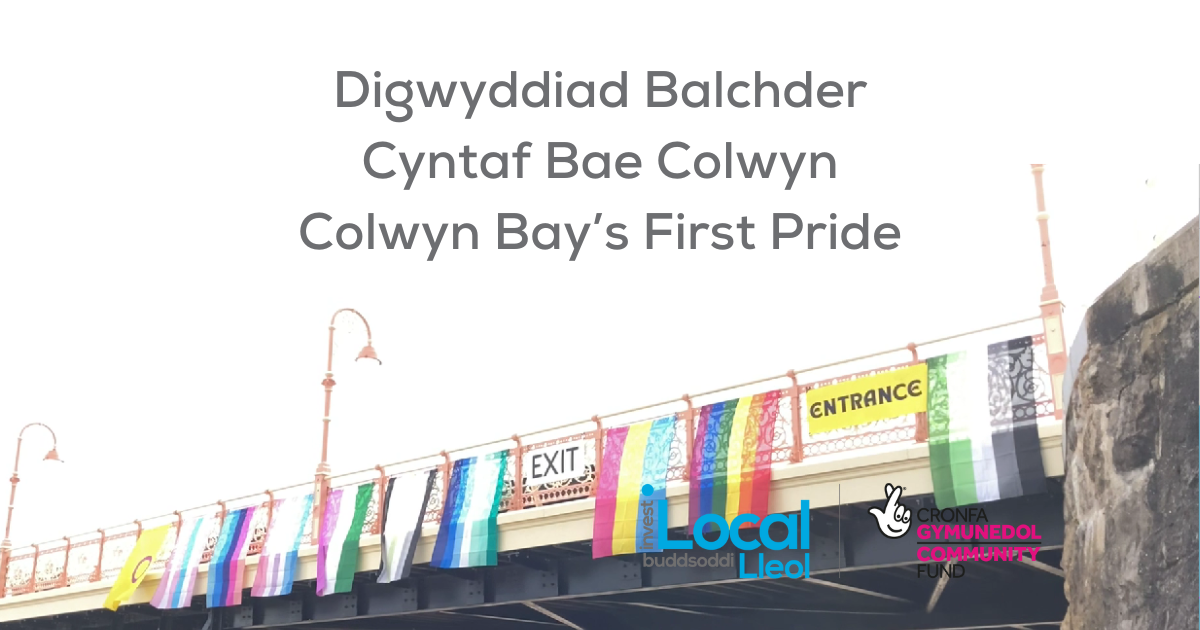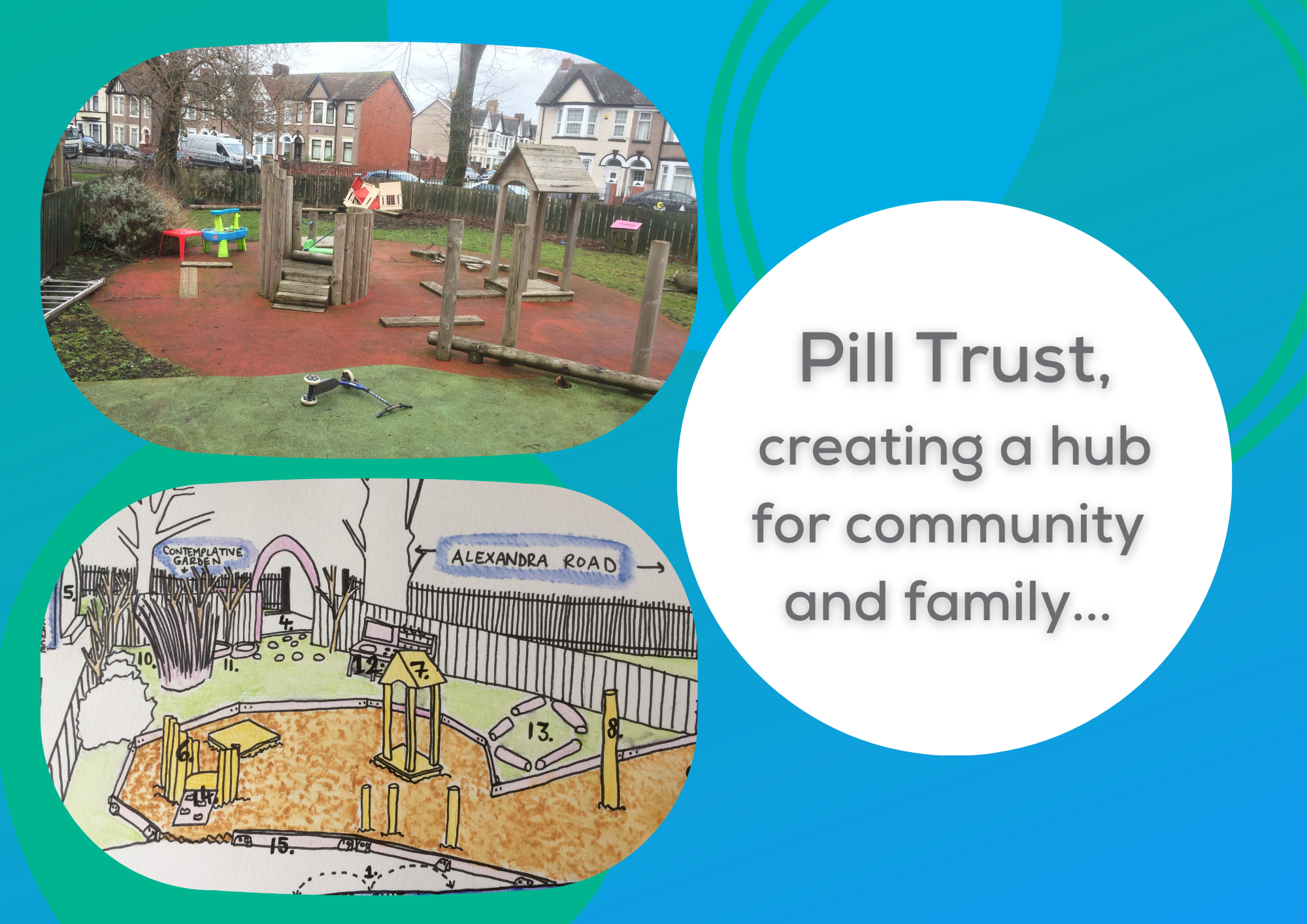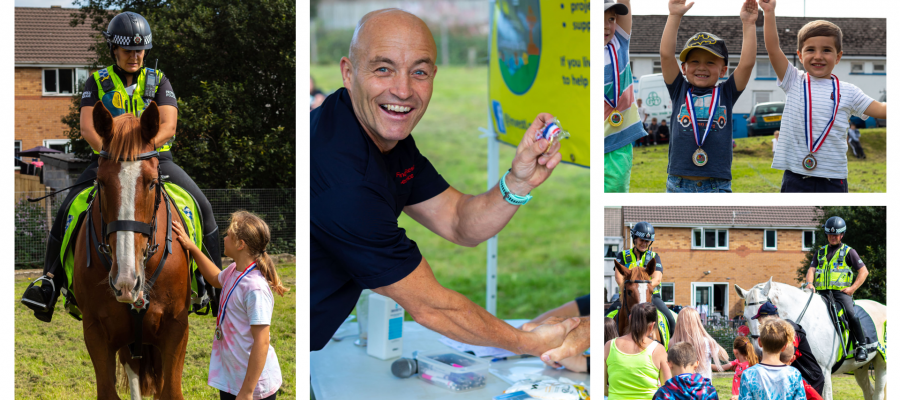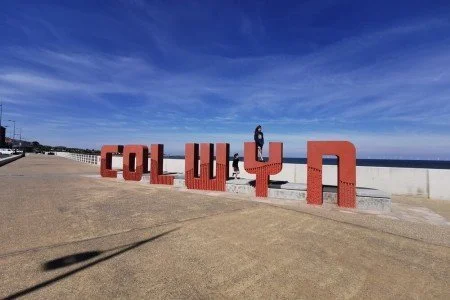PAINTING A PICTURE OF THE COMMUNITY ASSET LANDSCAPE IN WALES
Rosie Cribb, from third sector consultancy Funding Assist reflects on her experience mapping the community asset sector in Wales and highlights some of its unique and special features.
Being invited by Building Communities Trust to undertake the mapping of the community asset sector in Wales was something that filled me both with excitement and trepidation- that we could adequately do justice to representing a sector so large, diverse and idiosyncratic.
The unique nature of every community asset, is what makes the sector so vibrant and rich, and also makes it hard to quantify. Each organisation we mapped or explored in more depth as a case study, had a different origin, journey, structure and personality informed by the community and context in which it developed.
It was necessary to create some boundaries for the exercise as once you start to ‘scratch the surface’ of the community asset sector you realise how vast it is, and how open to interpretation the label of a ‘community asset’ can be.
For this exercise we agreed to focus on assets that are owned or managed by communities, and to exclude sports clubs (unless they offered more than sports facilities), faith based assets and village halls (unless they offered more than room hire). This in no way reflects any feeling that these strands of community life do not make as important a contribution- only that they are such huge areas to tackle that it was not within the scope of this project to be able to capture them.
In essence we were trying to pinpoint as far as we could, examples from across Wales, of community assets which were embedded in their community, were sustainable and contributing to the economic, social, health and well-being outcomes of their community.
Through a process of local enquiry and signposting, it was often word of mouth that would in the end direct us to an asset, often which was not featured in any official listing or database. In fact, what this piece of work told us was that nothing quite like this had been done before, or at least not in recent times.
Thus, through stitching together different fragments of information, lists and feedback from ‘those in the know,’ county by county we created a map. Categorisation was based upon key themes of activity, and we tried to establish key relevant pieces of data where it was available. In the end after much debate and discussion between us, we produced a map of 443 community owned or led assets.
Geographic spread
It was hard to gauge patterns or determine common themes of why one area may have more community assets than another. It would be tempting to suggest that community assets are more prevalent in rural areas and there is some evidence to suggest that is true, with Gwynedd, Powys and Ceredigion all demonstrating high numbers of community led assets. However, Monmouthshire, for example is some way down towards the bottom of the list, as is Pembrokeshire. Rhondda Cynon Taff as a county has the third largest predominance of community led assets, and other valleys areas like Blaenau Gwent and Neath Port Talbot showed a fair amount of community asset activity. In all of these areas, there has been programmes of community asset transfer of community halls and sports clubs which may account for this. Merthyr which may be comparable in terms of profile, has lower numbers. It would be interesting to look more closely at what environmental factors enable the ‘hothousing’ of community assets, although our observations are that having well networked, experienced, and active CVCs and a supportive local authority are important features as well as having a stock of buildings or amenities which are suitable for community ownership.
Structures
275 of the assets we mapped were registered charities, and 66 we were able to identify as Community Asset Transfers, although we understand there were many more than this. There is a good level of sustainability amongst the assets, with plentiful examples of how communities had pooled resources, skills, and contacts to reduce running costs, overheads, and maintenance costs. In some instances, it was clear that communities have been able to run things extremely efficiently and found innovative ways of creating savings- not always possible when operating within the structure of a local authority. This entrepreneurial approach is a key feature of the sector, combined with a beg, steal, or borrow approach! 64% of the assets we mapped have been in existence for over 11 years and 26% for over 20 years. One frustration or difficulty shared by many of the communities was their lack of confidence, time, and knowledge around making funding applications that could help contribute to further improvement and sustainability.
Themes
By far the most common ‘type’ of community asset were those of mixed use- community hubs of a variety of structures from thriving village halls to large industrial heritage centres, re-purposed for a new age. The second most common occurrence was of cafes and food establishments (often within mixed use, tourism, or cultural venues), and then of arts and culture venues including theatres, art galleries, arts centres and cinemas. Training, volunteering, and employment opportunities were a key feature of many community assets demonstrating their power in building the skills and capacity of local people, and making a hard to quantify but very significant contribution to local economies.
It is notable how so many of our services are now owned or at least managed by communities. From shops, to libraries, swimming pools, pubs, museums, and public toilets there are countless examples of communities stepping in to rescue much loved and needed public amenities, often the foundations of community life and infrastructure.
Likewise, tourism venues and services (many of which also fall into the previous category) have been rescued, developed, or maintained by community groups keen to ensure that tourism remains active and supported within their area. Open Newtown, Porthcawl Harbour and Penllergare Woodlands are all great examples of ambitious community led regeneration schemes with a tourism focus.
The people
One of the highlights of this piece of work was to meet the people who are at the helm of some extraordinary examples of community asset-based development. I met people who had dedicated their lives to ensuring that an asset remained open, or was developed for a new purpose. The knowledge, perseverance, skills, and dogged determination of our community leaders is awe-inspiring.
Community assets are unique in terms of offering the social, environmental or community benefits that motivate people to want to do something special within their community. Most of the people we spoke to had a personal drive or vision to want to change something, and have worked extremely hard for free in many cases, when they could have been earning far better salaries within the mainstream.
One feeling I came away with is that there's no other sector which offers quite the same opportunity for people to give their time and energy freely for no other purpose than to improve their community in some way. Not in order to get a job, gain work experience, or keep busy, but just to make a difference- and you really can’t put a price on that.
Community ownership also offers people a unique sense of connection and excitement that can stimulate creativity and drive innovation. It can also help to develop social and community networks in areas where there may have been a decline in community life.
Allowing communities to become drivers of their own local improvements is empowering but also offers great health and well-being benefits to those involved- enriching not only their own lives but those of the people around them.
The social benefits and connections that are made by being involved in a community asset were commented on by many people we spoke with- brought about partly because of the shared journey (which can often be very intense and rocky), but also the shared successes and experiences.



































